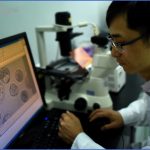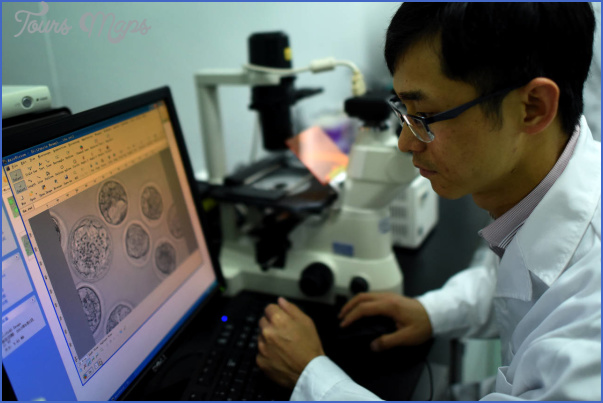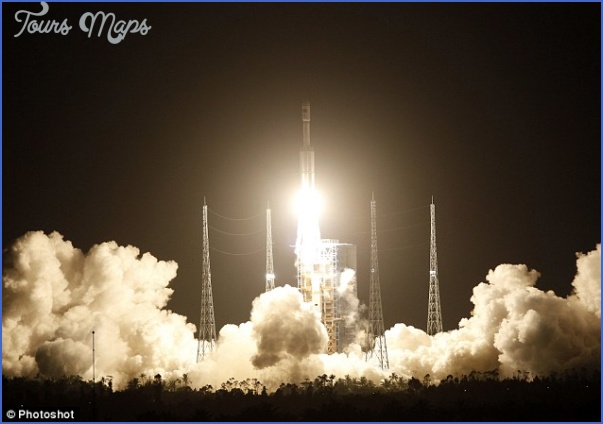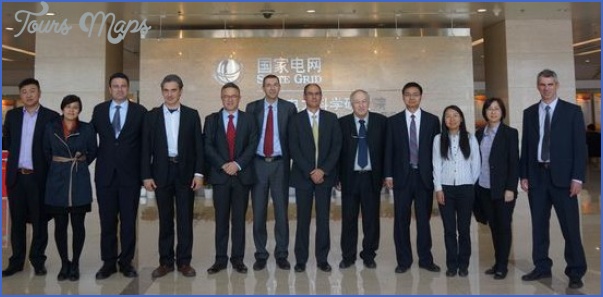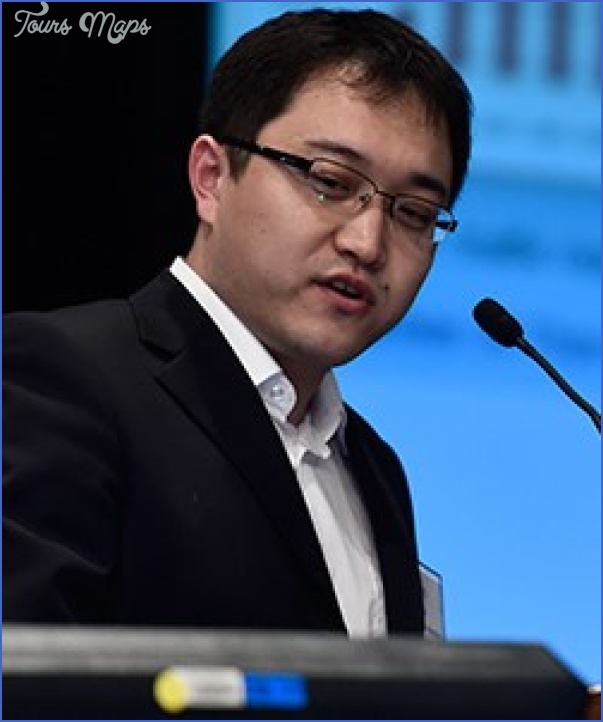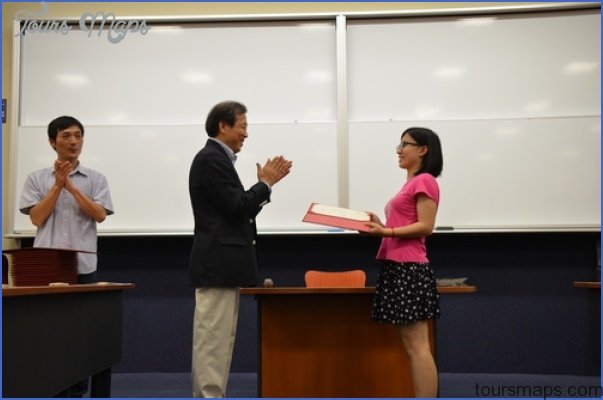Mount Beigushan, 48m/157ft high and a natural fortress in a strategically favourable location, stands on the south bank of the Changjiang. It was frequently mentioned in the annals of the Three Kingdoms. Sun Quan, the King of the Wu, enticed his rival Liu Bei, King ofthe Shu, into a trap at the foot of Mount Beigushan by pretending to offer him his sister in marriage.
One ofthe buildings to be found on Mount Beigushan is the Temple ofthe Refreshing Dew, in which the mother of Sun Quan met with Liu Bei to discuss the above-mentioned marriage. It dates back to the year 265 but over the years it has been destroyed and rebuilt several times.
Near the Temple of the Refreshing Dew is the Iron Pagoda (Ganlusi Tieta). On the top ofthe mountain stands the Tower ofthe Panorama, from which a beautiful view can be enjoyed.
Although Golden Mountain, in the north-west of the city, is only 60m/196ft high it is richly endowed with historical monuments and pretty corners. It derives its name from the gold which was found here in the Tang period (618-907).
The best-known building is the 4th c. Temple Monastery of Golden Mountain (Jinshan Si), where monks still live today.
The Cishou Ta Pagoda dates from the year 1900, but there is thought to have been a pagoda here back in the Tang era (618-907). A spiral staircase leads up to the individual floors.
Spring No. 1 on Jinshan’s west slope attracts large numbers of visitors.
This 150m/490ft high mountain rises up out of the Changjiang river. At the time ofthe Eastern Han (25-220) a certain Jiao Guang sought refuge here-hence its name.
On Mount Jiaoshan there are many things to interest the visitor, such as some 300 old stone-carvings and several centuries-old trees including pine, elm and gingko. A stele engraved by the famous calligrapher Wang Xizhi (see Famous People) is housed in its own pavilion.
The Temple Monastery of Dinghui Si on Mount Jiaoshan, founded in the Eastern Han period (25-230) is also of interest. The present buildings date from the Qing era (1644-1911).
On the top of the mountain stands the Building of the Breathing River, which forms part ofthe Biefeng An temple.
On the east side of Mount Jiaoshan can be seen the fortifications which British and Qing troops fought over in the Opium War of 1842.
Situation and Communications of China Photo Gallery
Maybe You Like Them Too
- The Best Cities To Visit in The World
- World’s 10 Best Places To Visit
- Coolest Countries in the World to Visit
- Travel to Santorini, Greece
- Map of Barbados – Holiday in Barbados


